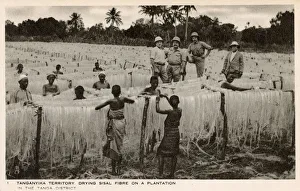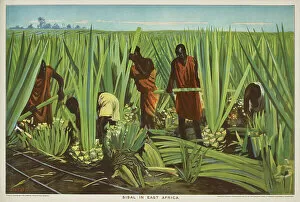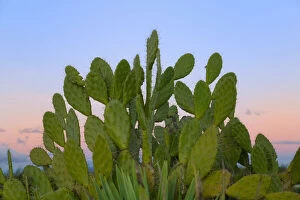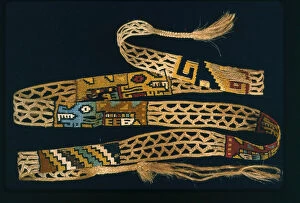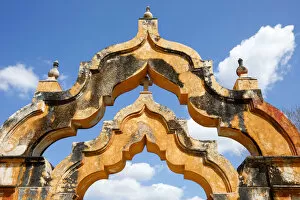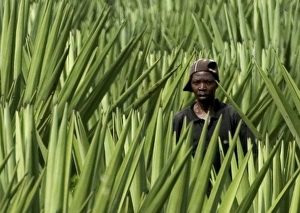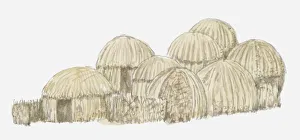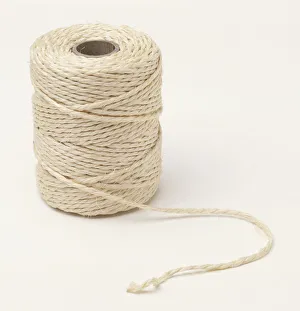Sisal Collection
Sisal: A Fiber That Weaves Tales of Tradition and Trade From the picturesque roads of Quindio in Colombia
All Professionally Made to Order for Quick Shipping
Sisal: A Fiber That Weaves Tales of Tradition and Trade From the picturesque roads of Quindio in Colombia, South America to the vibrant landscapes near Sao Jorge dos Orgaos in Cape Verde, it has been an integral part of communities worldwide. This versatile fiber has a rich history that spans continents and centuries. In Clarendon, Jamaica, we catch a glimpse of the early 1900s as young boys diligently cut sisal plants under the scorching sun. Their hard work is essential for the production process that follows. The harvested sisal is then hung out to dry on roadsides, creating a mesmerizing sight against the backdrop of lush Colombian scenery or Jamaican fields. Jamaica's sisal production was not limited to just one era; it flourished throughout history. In both modern times and earlier decades, drying stations were set up across Jamaica to ensure proper processing and preparation for exportation. These stations became hubs where locals gathered to witness this vital industry at work. As we travel further east into Africa, Tanzania becomes our next stop on this journey through time. Here we find vast plantations dedicated solely to growing sisal. The importance of this crop is evident as workers carefully dry its fibers under the African sun - an image captured beautifully by photographers who documented East Africa's booming trade during colonial times. The significance goes beyond mere aesthetics or economic value; it represents resilience and adaptability too. Sisal thrives in arid climates like those found in East Africa or Cape Verde due to its ability to retain moisture efficiently while withstanding harsh conditions. Today, despite technological advancements and changing market dynamics, sisal remains relevant globally. Its natural strength makes it ideal for various applications such as rope-making or carpet manufacturing - proving that traditional crafts can withstand the test of time. So let us celebrate this humble yet remarkable fiber that connects cultures across borders.



